What? Dedoimedo, have you been drinking Peckham Spring lately? No, I have not. The reason why we have the Gnome desktop environment included in the annual summary, unlike ever before, is not because I have suddenly grown old and mellow. It is because Gnome, after many many years, is finally showing real promise in being usable and practical.
Ever since Gnome 3 came to life, I struggled with how it was realized and what it did, a far cry (but not Far Cry, hi hi) from its predecessor. It was functionally inferior to its rival, and it is the chief reason why MATE and Cinnamon came to life. Then, over the years, it slowly evolved, and now, at last, the combination of its core elements and a thick layer of necessary extensions allows for a decent compromise. Throughout 2016, I tested more Gnome releases than ever before, I was quite pleased with the results, and now we will select the best candidate for this year.
Candidate 1: Apricity OS 12.2015
This Arch-based distribution was the first Gnome desktop that graced my test boxen this year, offering a stunningly beautiful, colorful presentation layer with the Numix theme and icons. Unfortunately, it stopped short of giving me all the goodies that I needed. The network support was less than stellar, multimedia playback was decent, I encountered all sorts of little bugs and glitches throughout the live session, and worst of all, the installer failed to complete the setup successfully. From a purely Gnome perspective, this desktop had the needed ingredients, but it was not able to bring them to bear in a meaningful, enjoyable manner.
Candidate 2: Ubuntu Gnome 15.10 Wily Werewolf
I am including this last year’s distro here because I had it tested in February, but technically, we should not pay it too much attention. It’s an honorable mention really, similar to what we had with Netrunner 17 Horizon in my Best KDE/Plasma distro of 2016 article. Overall, this verdict should not make you too happy, as the distribution exercised some fairly decent traits.
Multimedia and smartphone support were quite good, and I was able to customize the distribution to my liking. You also get a fairly useful application set. Then again, the distro was quite ravenous when it comes to system resources, and this also negatively impacted the battery life. There were also a few annoying problems here and there, but Ubuntu Gnome did pique my interest, and tickled my appetite into trying and testing additional Gnome desktops.
Candidate 3: Korora 23 Coral
The scene definitely heated up when I grabbed this Fedora-based distribution for a spin. I am fascinated by Red Hat based operating systems. There’s a sweet spot in my heart for these kindd of efforts, and in an ideal world, the leading distro would indeed have Red Hat DNA rather than Debian roots as we have with Ubuntu. Perhaps I still cannot get over the fact Fuduntu came and went in such a sad rush of brilliance.
Korora definitely tried to capture the emotion, and the 23rd release, at least numerically, delivered great looks, everyday usability out of the box, tons of programs, and a surprisingly decent battery life. However, there were problems with the installation and the GRUB bootloader, the package manager was behaving weirdly, and there were bugs in the remastered desktop. It felt like a noble effort, but it did not have the solid stable maturity the likes of Ubuntu and Mint – when they do manage to deliver, that is.
Candidate 4: CentOS 7.2 Gnome
I told you before. I was so pleased with my success in getting CentOS 7.2 to install and run on the Lenovo G50 machine that this whole effort flourished into four distinct reviews, covering four different desktop environments. Gnome was one of the candidates, and it surprised me with its elegance, ease of use, accessibility, and general readiness for day-to-day use. After some big difficulties in using the KDE flavor successfully for seemingly trivial things like media and smartphones, Gnome stormed in and dazed me with excellent results. Using extensions, I was able to carefully tailor the desktop experience to my needs. Let us not forget the good looks too, adequate performance and battery life in line with the competition.
CentOS 7.2 Gnome proved to be an almost optimal solution, balancing stability and long-term support with predictable usability, aesthetics and the vices of modern life, which are, to be frank, a critical necessity. Few people will be able to tolerate systems that do not let them play MP3 songs, print to Windows machines, or maybe connect their phone and sync files. These are all a must, and CentOS 7.2 in its Gnome guise reminded me that it not just stands the test of time well, but that it can more than carry its weight against whatever Year 2016 can conceive and throw its way.
Candidate 5: Fedora 24
At this point, I was flying with Red Hat distributions and enjoying the Gnome experience more and more. Every new attempt delivered additional bonus points, almost like playing a racing game and unlocking levels, and I had familiarity, experience and tons of tweaks to aid me in my quest.
Fedora 24 was my next attempt, and ’twas a delightful one. First of all, not everything was perfect, and due to its legal nature, Fedora did require a little of extra effort in getting production ready. But then, at the end of a long and pleasant day of tweaking and tuning, I had all the media codecs I needed, my phones all worked, there were no significant bugs or regressions, and on the aesthetics front, I was discovering new beauty by the hour. Fedora 24 also delivered an improved package management system, and it had a very good battery life, comparable to some of the most elegant Xfce desktops, like MX-15. There is a steady, mature continuity to Fedora’s reputation, and it has been consistently improving, from one release to another, maintaining stability and basic functionality. It does not sacrifice them for the sake of new technologies that are the staple food of its brand. It is frankly a phenomenal release, and I do have to admit it is the one desktop I find myself using the most these days.
Candidate 6: Zorin OS 12
Before we begin, please do take into account that I tested the beta release of Zorin, so some of the findings may not fully reflect what the distro delivers today. However, I do believe my results are quite indicative of what Zorin can do, and more importantly, what it does in pure terms of its Gnomeness.
Zorin OS 12 was fairly friendly – it satisfied most of my basic needs, like music, printing and sharing. It did not do too well on the smartphone front, though. There were also various issues with package management, and several understandable, excusable bugs that are pure beta territory.
But the biggest gripe I had with Zorin was its presentation layer, its Gnomeness. The desktop was all too white, all too bright, with not enough contrast and distinction between active and inactive elements. It has taken the concept of flat design to an extreme. The desktop just did not have the necessary usability for sustained use, and it was also quite sluggish. Poor software management and a handful of hardware problems, including display issues that I have never encountered before in any Linux tested on this laptop meant this was not the same Zorin I remembered, and definitely not one of the better contestants of the year.
Candidate 7: Chapeau 24 Cancellara
Much like Korora, Chapeau tries to capture the spirit of Fuduntu and offer an out-of-the-box Fedora delight, with all the extra stuff that cannot be shipped with the distro by default. A simple enough goal that still requires a lot of talent and fine touch to realize successfully. Which was not quite the case with my attempt.
Chapeau was very beautiful, rich in applications, relatively fast, and it matched Fedora in its battery life. But there were some big bugs and problems, including the issue with an incomplete GRUB configuration, smartphone support being less than excellent, and an odd bug or two that further diminished the differentiation between Chapeau and the original work. All in all, a solid but incomplete realization of the mission.
Candidate 8: Fedora 25
Like that James Bond movie, You Only Fedora Twice, but we do have another Fedora here, and it is the fresh release of the autumn. Luckily, I had managed to balance my distro review schedule in such a way to have it included here, and it is not intentionally that I gave Fedora an unfair advantage in this round. Just happened.
A remarkable thing about the new Fedora is that it ships with Wayland, and thus it shatters decades of status quo. The disaster did not happen. The distro was fairly tame, if not quite as fast and nimble as its predecessor. I did need to go through the same motions in enabling the extra repos, adding new software and customizing the distribution. Side by side, from the purely functional perspective, the two look almost identical, but there were some differences under the hood.
Fedora 25 booted faster, botched the bootloader, and then lagged in responsiveness throughout the session, but its newer kernel did help resolve my issues with the Realtek Wireless card. Pitched against its predecessor, it is not quite as refined and elegant, but it is still a well-rounded Gnome edition with lots of interesting goodies. And it proved once again that Gnome can be tamed and made suitable for everyday use.
And the winner is …
I do think the Gnome side of things is fairly interesting if heavily skewed in Fedora’s favor, so to speak. But this does make a lot of sense because both Ubuntu and Mint use their own presentation layer, and even though Gnome is present under the hood, Unity and Cinnamon are separate entities. Which leaves us with a lot of Fedora effort in this game.
But that does make the annual contest extra spicy. You have Fedora – and all its spins, and we can see that the results are not quite as predictable as one would expect. We must also take into account CentOS, which does the Gnome thing on its own, and let us not forget Zorin, a lone pure Gnome warrior still true to its creed.
All things considered, it is Fedora 24 that delivers the most complete and enjoyable Gnome experience. Better than the newer edition, better than its spins. CentOS 7.2 tails a close second, and when you take everything into consideration, if you need stability and long-term support, you may actually prefer the server distro over Fedora. The differences are fairly small when it comes to the final product.
Fedora 24 is a well-rounded and polished operating system, and with the right amount of proverbial pimping, its Gnome desktop offers a stylish yet usable formula to the common user, with looks and functionality balanced to a fair degree. But, let us not forget the extensions that make all this possible. Good performance, good battery life and everyday stuff aplenty should keep you happy and entertained. Among the Gnome bunch, it’s Funky Fedora that offers the best results overall. And thus we crown it the winner of the garden ornament competition of 2016.
Conclusion
The Gnome contest reveals an interesting phenomenon – the desktop environment power play in the Linux world. We can definitely see how technology – but also technological choices – affect and shape the distroscape, and how fragile the whole scheme actually is. In my own experience throughout the year, Red Hat based distributions dominated the Gnome scene, revealing a usage concept that is similar and yet rather different from the Ubuntu formula.
We can also see that Gnome 3 is slowly recovering, trying to restore the simple, unbeatable model that was taken away when Gnome 2 disappeared. Is this journey futile? Maybe it is from a purely physical perspective, in terms of energy and effort invested, but we did learn some interesting things along the way. And thus, it is not all in vain. Regardless of you may feel about this environment, it is a critical piece, a part of the Linux backbone, and it heavily influences when and how and where our desktops will be one day. Come the end of 2016, the prospect is looking brighter than before. But it does make me worried that so much depends on third-party extensions to keep a desktop environment alive and friendly.
If you thought the journey with KDE was risky, double that. Xfce is probably the big winner here, lurking in the shadows, waiting. Whatever happens to Gnome, Xfce will be there to collect the fallout and mold it into success. But let’s put gloomy predictions aside. One day, we may face another upheaval in the Linux world. At the moment, Gnome 3 is friendlier and more accessible than ever before, and Fedora 24 seems to be its champion. Rejoice in that.
[sharedaddy]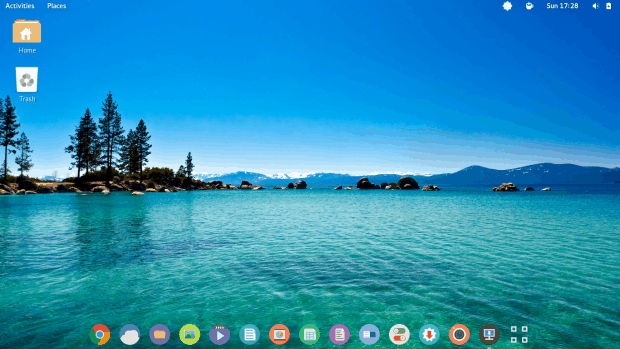
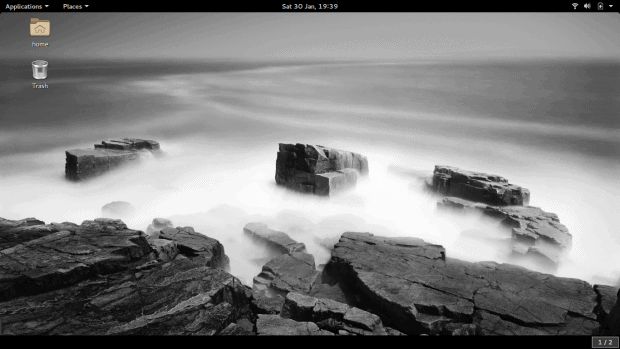
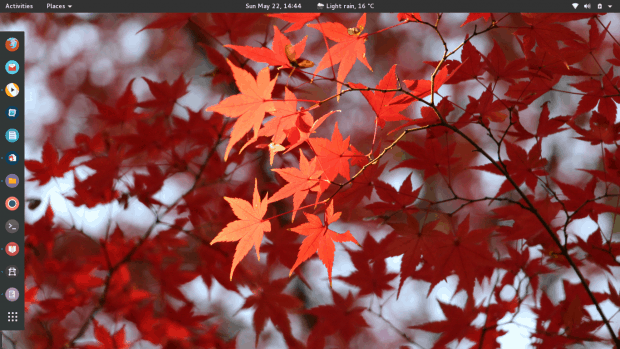
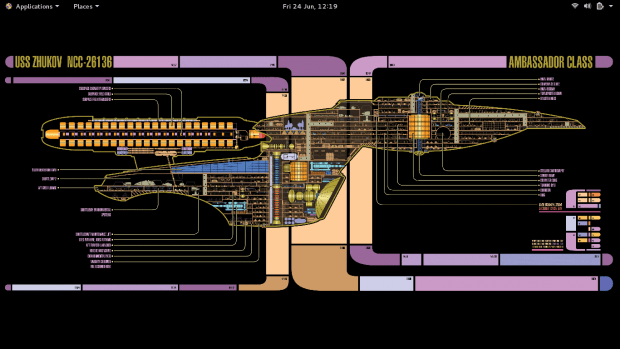
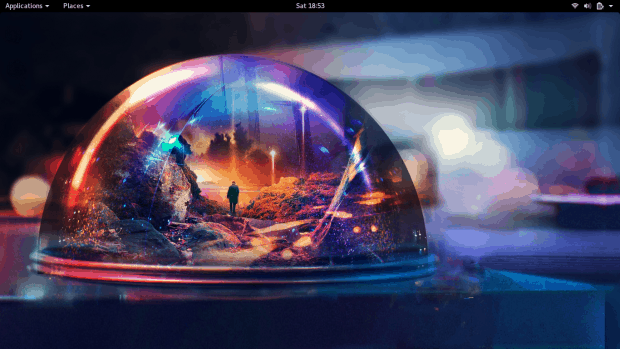
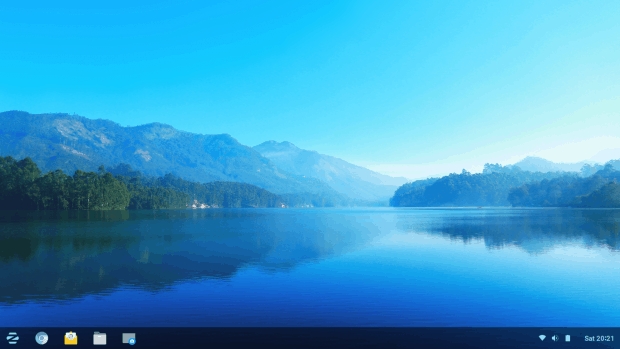
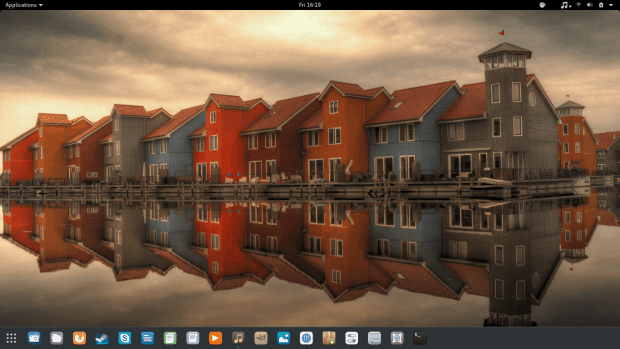
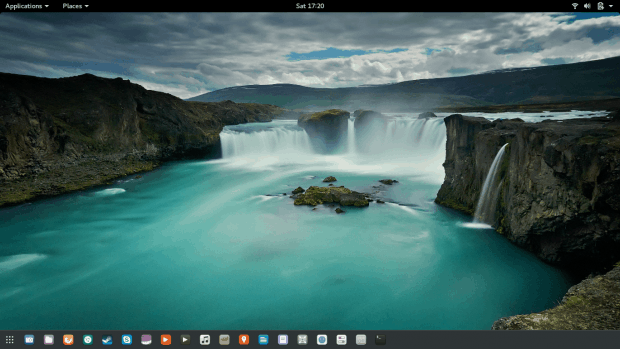



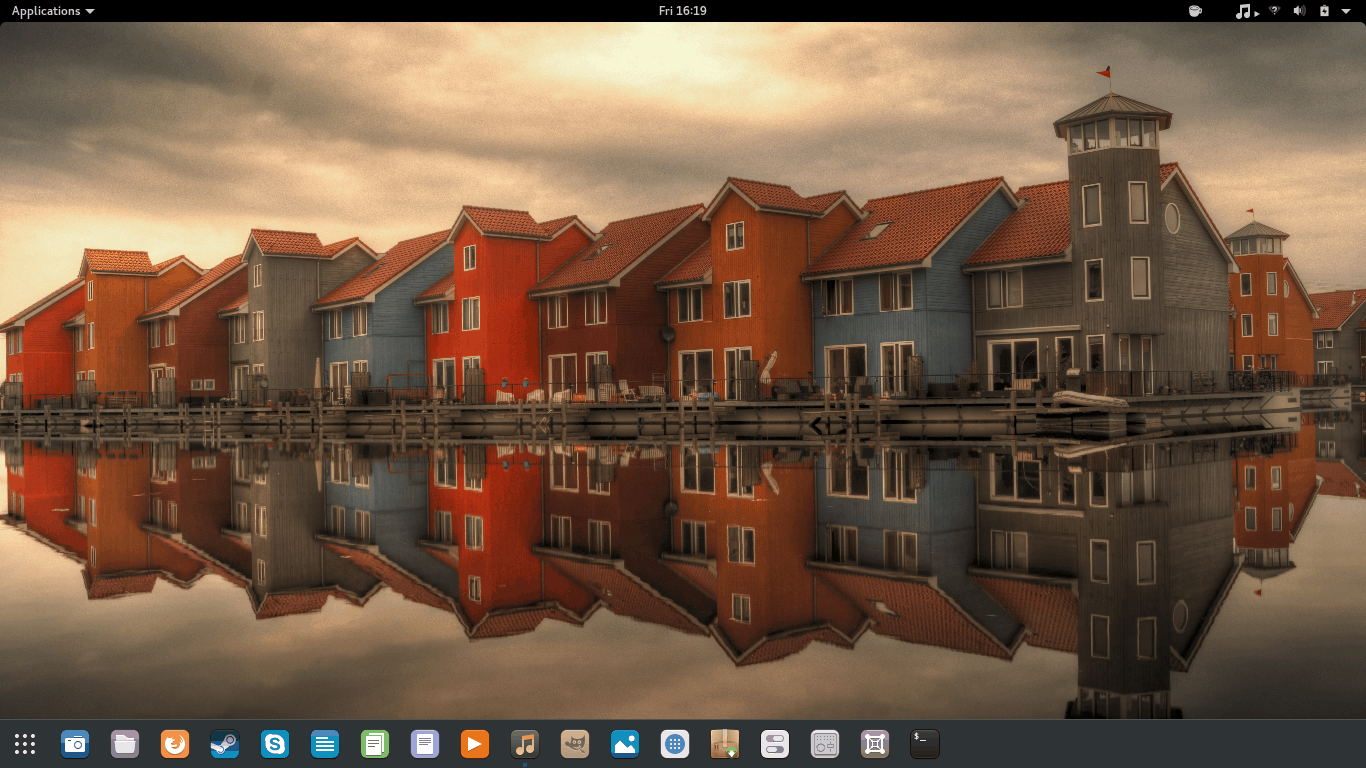
Big points for mentioning my (still) favorite OS of all time, Fuduntu.
O boy have I missed it!
Surprised not to see Antergos on this list.
He didn’t include Antergos because it wouldn’t boot
I’m not a geek, but it has worked well for me the last two versions that were setup on an SSD within an HP laptop.
I was surprised by this as well.
The irony of the thing is that, after reading Igor’s recent most favorable comment on Manjaro’s XFCE, it would not boot in any way whatsoever on my system.
where did you get the star trek theme!?
😀
From wallhaven dot cc.
Dedoimedo
ohh okay so its just a wallpaper. ive been trying to find a good star trek theme. i might try and make one.